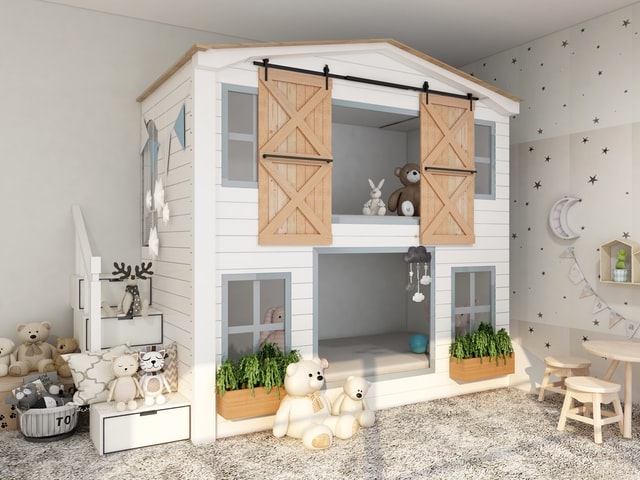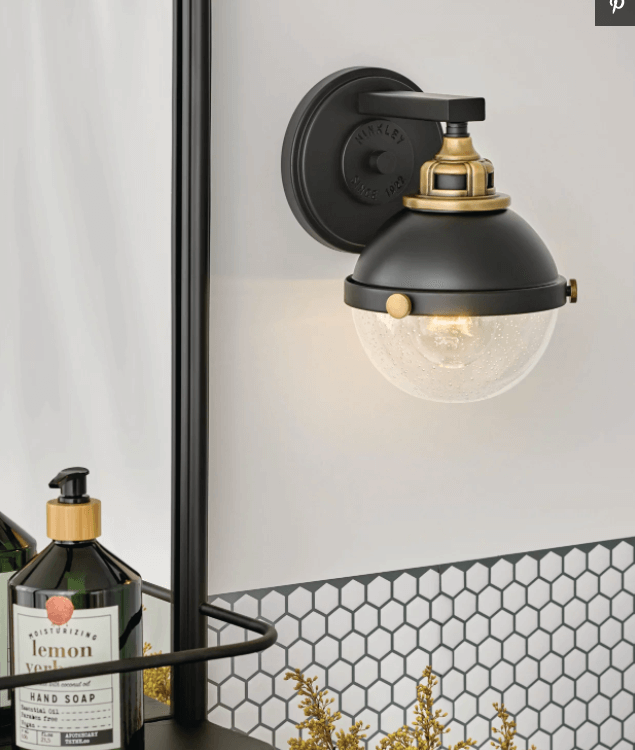- Have any questions?
- 778-522-2225
- advancedrenosolution@gmail.com
The Ultimate Guide to Design a Fun, Functional Kids Playroom at Home

How to Convert a Campervan into the Ultimate Mobile Home
October 21, 2020
Getting Your Houseboat Ready
October 30, 2020Playing is more than just a way to have fun; it’s also an essential part of healthy childhood development. As parents, you can adapt any space at home and design a playroom where your kids can explore, get creative, and learn. When designing a playroom, it’s crucial to think about it from a kid’s perspective. Our guide shows you how to create a fun and functional kids playroom that your children will love for many years to come.
Brainstorming with Your Children
While you’ll have most of the say about the design of the playroom (after all, this is your home), it’s important to let your children provide some input before you set up their new playroom. Ask them about their favorite subjects in school and what type of things they’d like to have in the room. From furniture and toys to kids’ entertainment, sit down and write out a list of all the most important things to your child. When you brainstorm together, you’ll ensure that the final result is something you and your kids will both enjoy and appreciate. Make sure you design a space that’s “evergreen” and one that will grow and adapt as your child gets older. This is the best way to make the most of the playroom and keep it functional and useful over the years as they develop and mature.
Pick a Theme
Choosing a theme for your new playroom can make it fun and exciting, but keep in mind that certain themes might not be appealing to your child in a year or two. Try to stick with themes centered around their favorite activities rather than characters from movies or TV shows. Here are some tips to help you develop the perfect theme for your child’s playroom:
Theater / Dance
Add a small stage to the room where your children can practice their acting and dancing skills. Stock the room with various costumes so the kids can play dress-up and do a little bit of theater right at home. If your child likes to dance, install a large mirror on one wall of the room. Bring in a stereo system or a record player so they can enjoy their favorite plays and dance to music.
Music
Fill the playroom with various instruments like a small drum set, a keyboard, and a tambourine. Stock your child’s playroom with sheet music if they’re skilled at playing the piano or other instruments, so they always have something new to learn. Display some music-themed décor in the room like oversized music notes, framed sheet music, or artwork of images like people or animals singing and playing instruments.
Art
Set up a roomy, sturdy craft table where your child can paint, draw, and work on a variety of arts and crafts projects. Stock the playroom with watercolor and finger paints, an easel, paintbrushes, scissors, glue, and construction paper. Find a place where your kids can display their art, such as a large bulletin board or a magnetic board for easy hanging.
Sports
Decorate the room with items that display your child’s favorite sports like a framed picture of a baseball field, a hockey stick hung on the wall, or a picture of their favorite player. If you’re feeling brave, install a ceiling-mounted cargo climbing net so your child can play and let off some steam indoors. Bring in some books about sports so your child can read about their favorite games and expand their mind whenever they’re not on the playing field.
Game Room
From cards to board games, you can easily make your child’s playroom a fun game room by stocking it with a variety of games geared for their age group. Paint a tabletop in a checkerboard design so the kids can play a game of checkers or chess anytime they want. If you have space (and the budget), bring in a large game like a foosball table or ping pong table to serve as the room’s focal point.
Furniture
Once you’ve chosen a theme, it’s time to pick out some furniture for your kid’s playroom. Here are a few tips to help you get started and ensure that this room is functional and fun to use:
Stick with neutral furniture that’s not too loud or colorful. The more neutral the furniture is, the better the odds are that your child will grow with it instead of out of it.
Choose furniture that’s durable and easy to clean and aim for multifunctional furniture that includes storage like an ottoman or storage bench.
It’s important to ensure that the entire family feels welcome in this room. While kid’s furniture is excellent for little ones, consider bringing in a full-size couch and table so your older children and the adults will feel comfortable in this space, too.
To add a pop of color, bring in some rugs, curtains, and décor to fill the room with bright and cheerful hues. Leave the wall color neutral so it’s easy to adapt the room as your child grows.
Make sure that this space has flooring that’s easy to clean and maintain. Linoleum and vinyl are both good options, and they don’t require a lot of maintenance to keep them looking new. Protect the floors (and your child’s knees and elbows) with some soft, machine-washable area rugs.
Storage Space
Your child must have fun in their playroom, but it’s also important that this part of your home stays clean and organized. With the right storage, you can keep everything neat, tidy, and in its place.
Use Mason jars with a lid to store and organize small craft items like buttons, beads, and spools of thread. Cubbies are perfect for larger toys and games, and you can easily put them on a shelf or stash them under furniture. Baskets and storage bins work well as a catch-all to toss stuffed animals and other toys in one place. Add a storage bench or ottoman, so the kids have a place to hide their shoes, board games, and other medium-sized items. Make sure your playroom has at least one bookshelf for reading material, sheet music, or art supplies.
Set up Different Zones
To make the most of your playroom, break it up into different zones. Each zone can be designated for a variety of activities your child enjoys. Put a small desk in one corner of the room for homework, and place shelving with art supplies and a craft table on the opposite side. Keep kid’s toys, games, and accessories in constant rotation so that there’s always something new for them to enjoy. As your child begins to outgrow certain items, donate them to a local nonprofit organization or your school. Make sure there is one part of the playroom designated for home use, such as a spot for a comfy sofa and TV set.
Get Creative
There are many fantastic add-ons you can bring into the playroom to make it more functional and fun to use. Here are some inspirational ideas to help you get started:
Add a swing. Hang a swing from the ceiling of the playroom so your child can swing as they listen to music or watch television. Make sure the swing is anchored securely and that you’re always nearby whenever they use it.
Add a nap station. Naptime is particularly important for younger children, so create a “nap zone” with a comfy mat, cot, or sleeping bag along with a blanket and some pillows so they can take a snooze after playtime.
Create a dress-up corner. Use a rack to hang costumes and accessories in the playroom and add a freestanding mirror in the corner of the room so your kids can have fun playing dress-up.
Add a slide. Bring a sturdy, small slide into the playroom for your younger children. If you really want to go all out, install a tube-style slide that will whisk your child from one floor to the next for a great entrance.
Create a chalkboard wall. Paint one wall with black chalkboard paint so your child can sketch and doodle to their heart’s content. If you’re not keen on painting a wall this way, bring in a large freestanding chalkboard and place it against one wall.
Make a slime station. Playing with slime is lots of fun, but it’s also messy. Make a special “slime station” with all of the supplies so your child can have some slimy fun, and then put everything away when they’re done.
You don’t have to spend a fortune to design a fun, functional kid’s playroom. There are plenty of ways to DIY and get creative by using items you already have lying around your home. The key is to make sure that you’re having fun while you plan and decorate the playroom. Use these kid’s playroom ideas as inspiration to help you create the perfect space. When it’s finished, everyone will want to come over and play at your house.



